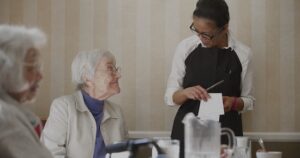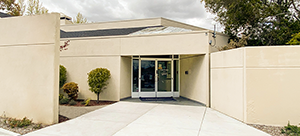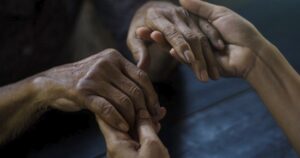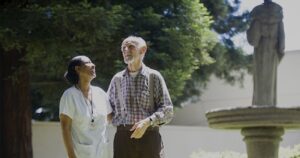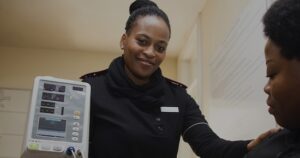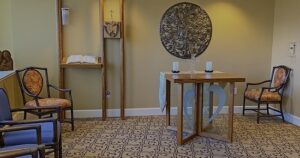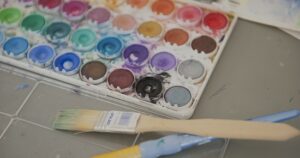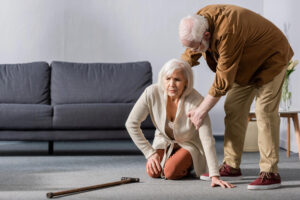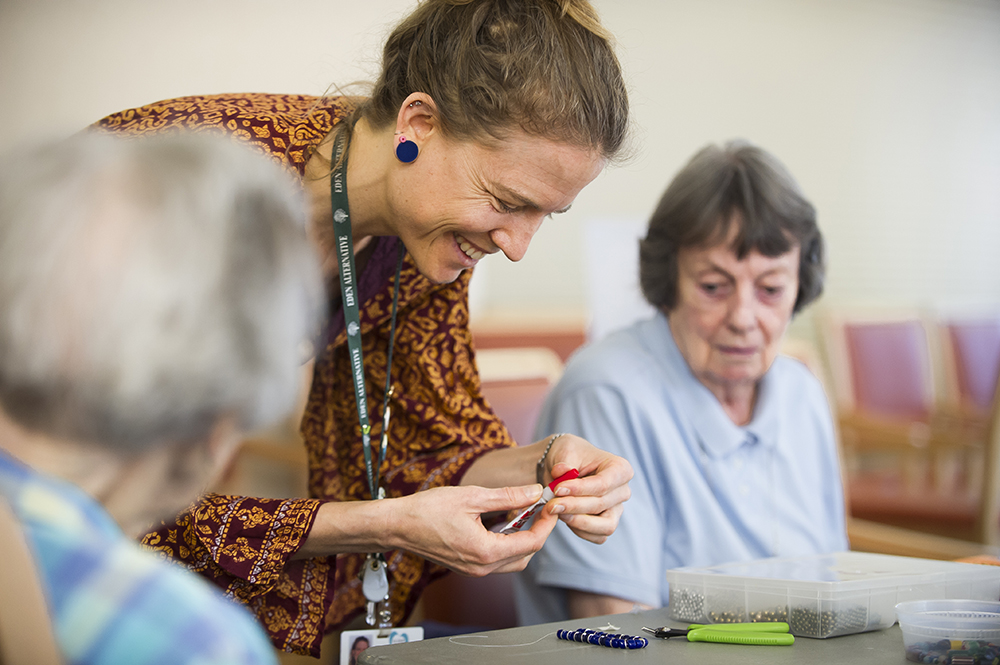
Guest blog by Erin Partridge, Ph.D. ATR-BC, Elder Care Alliance Experiential Researcher-in-Residence
The dining room sparkled with glitter. As people moved, the light streaming in through the windows bounced from table to table, reflecting off sweaters, cheeks, walkers, and shoes. It was not just from cleanliness, but little specks of gold glitter from a morning of laughter in the art studio.
One of the residents in an Elder Care Alliance community loved making and wearing jewelry. Her daughter and granddaughters often attended the jewelry group in the art studio. One day, the older of the two grandchildren came alone with her grandma to participate in an open studio group. These groups bring older adults together to work on ongoing projects with whatever materials they choose. The granddaughter started a painting, while her grandma continued to “garden in her art” (Partridge, 2019) in the seat next to her. After painting a beautiful flower, she asked if she could add some glitter. With glue and glitter, she made her flower sparkle and held it up for the whole table to admire. In her excitement to share her work with the table full of older adults, she started walking around the table, holding it close to each person. The glue was not quite dry, and her fingers were covered in glitter. Soon, everyone in the room had a little glitter on their lap, fingers, face, or wheelchair. As the residents said their goodbyes and went to the dining room for lunch, they took with them the glittery laughter of the morning spent in intergenerational creativity.
Art and a shared meal is also an opportunity for maintaining lifelong connections; two women who shared an interest in art sat together at every meal. They often discussed the art on the walls, including the murals created by art students at a nearby college.
One of the lessons learned from the research about communication in Elder Care Alliance communities (Partridge, 2016) aligns with these small stories of connection. The participants were asked to make images depicting their communication with someone they communicate with often. They posed a jointed human figure to represent themselves and the other person. Staff, family, and volunteers were invited to explore their communication with an older adult, and older adult participants were asked to explore their communication with anyone in the setting.
Though they had the ability to make complex multi-colored images, many of the participants created relatively simple images and went on to describe the ways that communication success came down to a simple word: Simplicity.
In one staff participant’s image, three lines connect the two figures. One representing eye contact, one speech and the third from the heart. The figure on the left represents the staff member and the figure on the right the older adult. They are the same size, and their arms reach out towards each other. The figures almost seem to be dancing—up on the tips of their toes. This participant talked about all the different ways she communicates with older adults, understanding it was often multiple ways at once and connected to the emotion more than anything else.
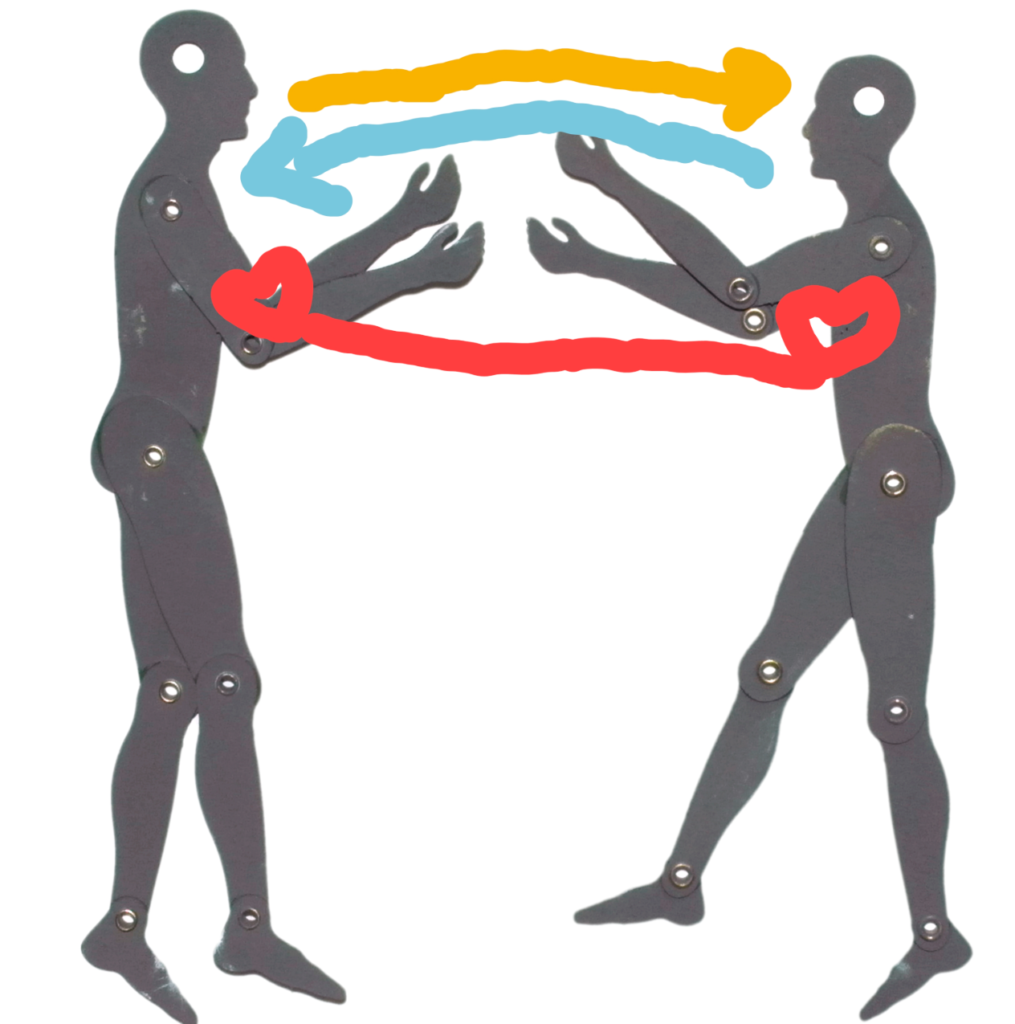
Another participant living in assisted living made an image about her daily communication with her sister. The figure on the left represents the participant and the figure on the right her sister, legs bent unnaturally to represent her sister’s use of a reclining wheelchair. She drew a single green line from one figure’s mouth to the center of the chest of the other figure. When asked to describe their communication, she said: “Nothing is very complicated, I know that. It comes from my heart. Like if I’m saying it and it is going to her? I would draw it from my mouth to her heart.”
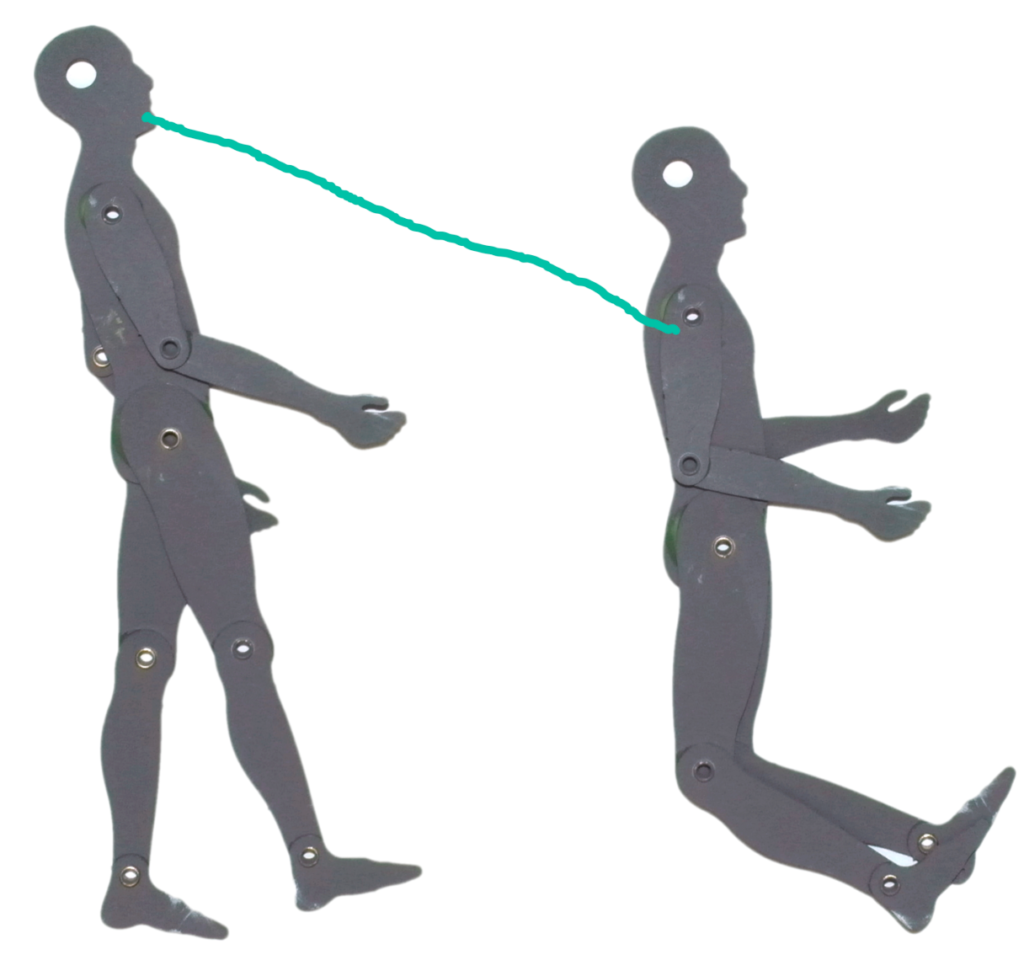
What a beautiful message we can take from these examples—in the busyness of our daily lives, how might we each take a moment to communicate from mouth to heart or consider and appreciate the ways we “speak” not just with our words, but with our whole selves? Savor a shared meal, look for ways our intergenerational connections ripple out far beyond the single moment and connect heart-to-heart.
Citations
Partridge, E. E. (2016). Amplified voices: Art-based inquiry into elder communication. Notre Dame de Namur University.
Partridge, E. E. (2019). Art therapy with older adults: Connected and empowered. Jessica Kingsley Publishers.


